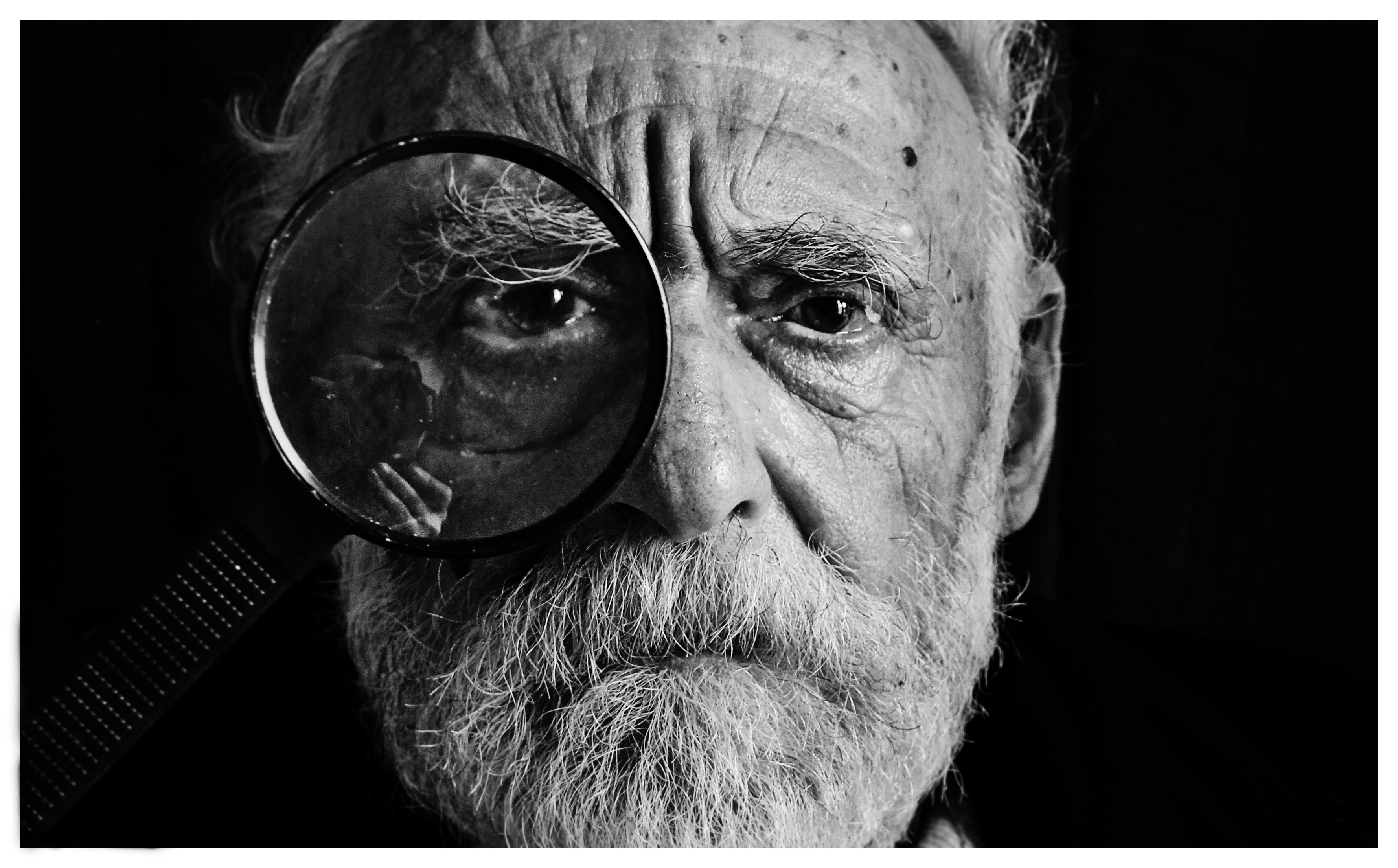In a world where there seems to be a disturbing lack of empathy, there are an awful lot of things being written about it.
If you believe the headlines, empathy can boost your profits, make you a better leader, help you create amazing innovations, and deliver award winning designs. Yet when you dig deeper into these articles, there’s little substance on how empathy actually works and how it can deliver these magical results. Aside from being something you should be doing, how should empathy be used in the most effective way and what pitfalls should you be aware of?
Many design thinking and human-centred design processes have empathy as the first step in their process. They outline user interviews, empathy mapping, and ‘adopting a beginner’s mindset’ as some of the tools to adopt. The purpose of this phase of the process is to see through the eyes of the user and to truly understand the problems you need to solve in the proceeding steps.
Undoubtedly, empathy is integral to truly solving any problem users are having. If you can’t see a problem from a different perspective than your own, you will struggle to really see the nuances and context where the problem exists.
Empathy isn’t just a step in the process, or something to be turned on and off. It shouldn’t be seen as a set of deliverables created by one team and then passed over to another.
There’s a real danger in this process that any empathy gained in that first stage is lost in translation when an artefact from that phase is passed to a team member who wasn’t involved. A set of personas, an empathy map, or a research report is at risk of being misinterpreted, misunderstood, or simply ignored when it is ‘handed over’. As with many deliverables in the UX process, it’s the journey, not the destination that holds the most insight. The deliverable is simply a summary of all the insights gathered to that point.
I believe that empathy is more of a continual thread throughout a project. Rather than a set of finite deliverables within a stage, it should be thought of as a scale than runs throughout the work, with apathy at one end, and empathy at the other. Apathy is a lack of interest or concern for the people or problem, who will engage with your design. And empathy provides a deep insight into the people, their feelings, and the problem they face. After the empathy phase is complete in a project you can’t dial empathy back all the way to apathy and still produce a great solution. It has to remain a constant throughout the project with regular contact with users, to keep in touch with their perspective.
However, the danger with empathy is that if you sit too far down the other end of the spectrum in full empathy, you can’t help but feel the emotions of the people you are designing for. Whilst this can be extremely useful to shape your understanding of the problem, it’s unlikely you will be able to see the solution when bogged down with the emotional baggage you have inherited. Great design comes from being able to step back a little from the problem. It happens when you feel compassion for the people you are designing for, where you are invested in them and the problem you are working on, but detached just enough to see it from different angles. Moving the dial away from full empathy and turning down the emotions just enough to allow space for a solution to emerge.
Empathy is a powerful tool in the design process. It allows for a deeper understanding of the design problem and the people who need a solution. But it has to be used carefully.
Empathy is not something you can dip into once and then forget about, but equally too much immersion in empathy can lead to strong feelings that can shroud the real solution. It’s your job to find a solution for the user, not to become one of them and feel what they feel.
This article was originally published in Web Design Magazine January 2019

